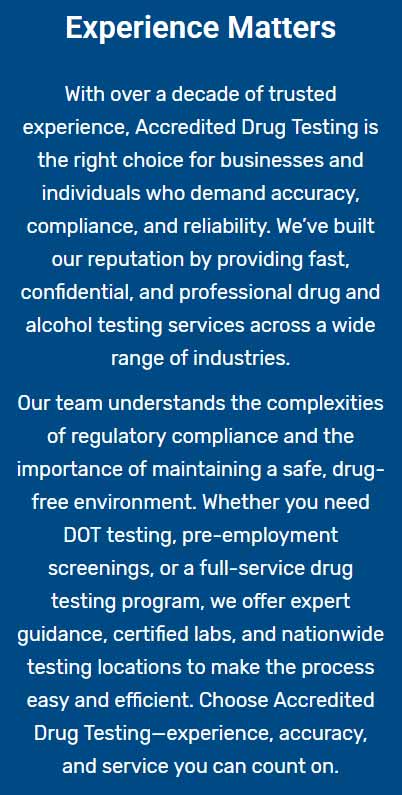What it is, How it works
Hair analysis has emerged as a significant method for identifying drug and alcohol consumption. Hair captures a long-term record of substances by embedding biomarkers within the strands as they grow. When sampled near the scalp, hair can reveal a history of drug and alcohol use spanning up to three months. Collecting hair is straightforward, somewhat resistant to tampering, and easy to transport.
A segment measuring 1.5 inches consisting of around 200 strands (approximately the thickness of a #2 pencil) near the scalp yields 100mg, which is the optimal amount for testing. For EtG tests, additional testing, or panels exceeding ten, a 150mg sample is advised. It's recommended to weigh the sample using a jeweler's scale. If scalp hair is unavailable, a similar quantity of body hair can be used. "Head hair" specifically means scalp hair, while "body hair" includes other types (like facial or axillary hair).
Process Overview
The drug testing workflow encompasses four key steps: Accessioning, Screening, Extraction, and Confirmation.
Accessioning deals with integrating a specimen into the laboratory's workflow. It involves verifying that the sample was sealed and transported properly, assigning a unique LAN (Laboratory Accessioning Number), and processing any additional data not covered by an electronic chain of custody system.
Screening provides a preliminary overview for potential drug use. Though cost-effective for ruling out drug presence in most samples, positive results from Screening require further confirmation for legal purposes. Presumptive positives identified in Screening need subsequent verification.
When Screening suggests a positive result, additional hair from the sample is used for Extraction. This phase extracts drugs from hair at much lower concentrations compared to other methods (such as urine or saliva tests), making hair drug testing the most challenging to execute.
Positive results from Screening are confirmed through GC/MS, GC/MS/MS, or LC/MS/MS. Presumptive positive samples are washed before Confirmation if necessary. The complete procedure from Accessioning through Confirmation adheres to the CAP (College of American Pathologists) Hair standards and the ISO/IEC 17025 accreditation.
Advantages of hair drug testing:
- Extended detection period: Hair drug tests can identify drug use for as long as 90 days, surpassing the shorter range of urine tests.
- Difficult to falsify: Cheating a hair drug test is challenging, enhancing the reliability of results.
- Offers historical insight: It can chart a pattern of substance use over time, not just the latest usage.
Limitations:
- Not suitable for recent use: Drugs need roughly 5-7 days to become traceable in hair.
- Expense: Hair drug testing is typically pricier than alternative testing methods.
- Result variability: Elements like hair pigment and individual differences in hair growth may influence drug metabolite concentration in hair.
Note: Commonly labeled as "hair follicle tests," this method evaluates the hair strand rather than the hair follicle beneath the scalp




